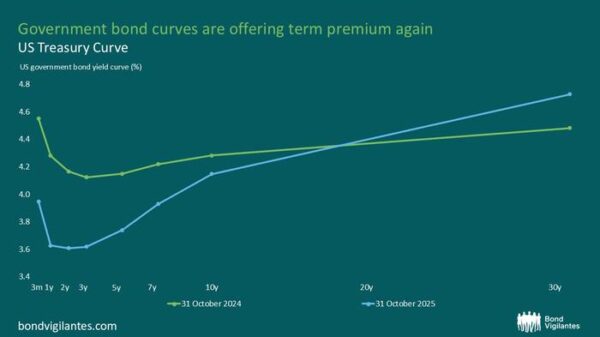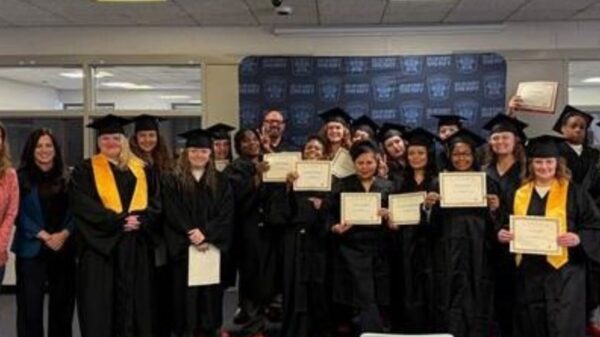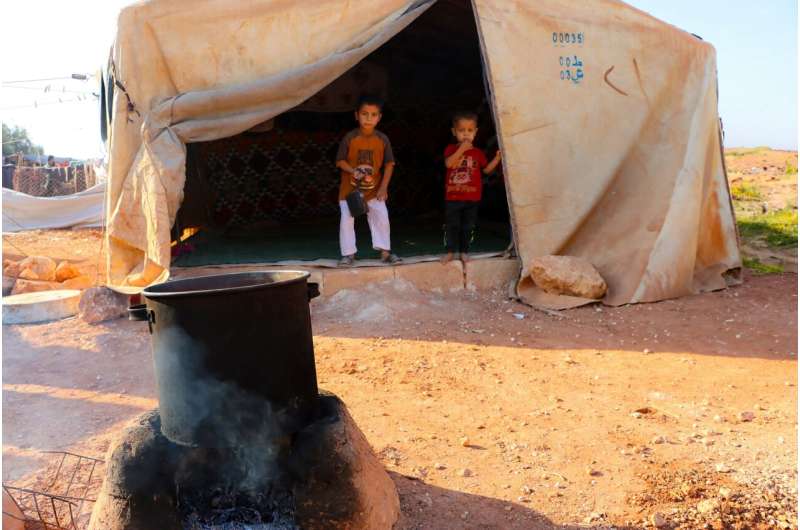The ongoing global crisis of forced displacement has intensified, with the number of displaced individuals nearly doubling in the past decade. According to the United Nations, in 2024, one in 67 people worldwide fled their homes due to conflict, persecution, or disaster. A new study from the University of Notre Dame reveals that analyzing social media sentiment can significantly enhance predictions about when people will relocate during crises, ultimately supporting more timely humanitarian responses.
Leveraging Social Media for Crisis Prediction
The study, co-authored by researcher Helge-Johannes Marahrens, demonstrates how computational tools can address pressing global challenges associated with human displacement. Traditional data collection methods, such as surveys, often fall short during rapid migration events. Marahrens, an assistant professor of computational social science, emphasizes the potential of artificial intelligence and digital data to improve early warning systems, which can be crucial in saving lives and alleviating suffering during emergencies.
Published in EPJ Data Science, the research analyzed nearly 2 million social media posts from three major crises: the displacement of approximately 10.6 million individuals in Ukraine due to Russia’s invasion in 2022; the forced migration of about 12.8 million people in Sudan following the outbreak of civil war in April 2023; and the exodus of roughly 7 million individuals from Venezuela amid ongoing economic turmoil. By examining posts in three languages on the platform X (formerly Twitter), researchers found that sentiment—classified as positive, negative, or neutral—was more effective than emotional indicators like joy or fear in predicting movement patterns.
Insights and Future Directions
The study’s findings indicate that sentiment analysis provides a reliable method for anticipating the timing and scale of cross-border displacements. Researchers discovered that pretrained language models, which utilize deep learning techniques, yielded the most accurate predictions. These AI tools are designed to discern patterns in text, akin to how the human brain processes language.
“Our findings will help researchers refine models to predict how people move during conflict or disasters,”
Marahrens noted, highlighting the importance of these insights for future research and humanitarian efforts. While the analysis proved effective in conflict scenarios like Ukraine, it faced limitations in economic crises, as seen in Venezuela, which developed more gradually. Marahrens cautions that while social media analysis can serve as an early alert, it may also trigger false alarms. Therefore, it should be used in conjunction with traditional data sources, including economic indicators and firsthand reports from the ground.
Future research could delve deeper into the relationship between sentiment and emotion, exploring how these two constructs intersect and diverge. Additionally, researchers might investigate the utility of automated translation services to expand the analysis to a wider range of languages and social media platforms. Marahrens suggests that these advancements could significantly enhance the tools available to policymakers and humanitarian organizations working with displaced populations.
As a recent addition to the faculty at Notre Dame, Marahrens focuses on issues related to globalization and inequality, applying his expertise in computational social science to various research projects. He is affiliated with the Pulte Institute for Global Development and the Lucy Family Institute for Data & Society at the university, reflecting his commitment to addressing global challenges through innovative research.
The implications of this study are profound, as it underscores the potential of technology to improve humanitarian responses during crises. By harnessing the power of social media sentiment analysis, organizations can better prepare for and respond to the needs of displaced individuals, ultimately fostering resilience in times of crisis.







































































